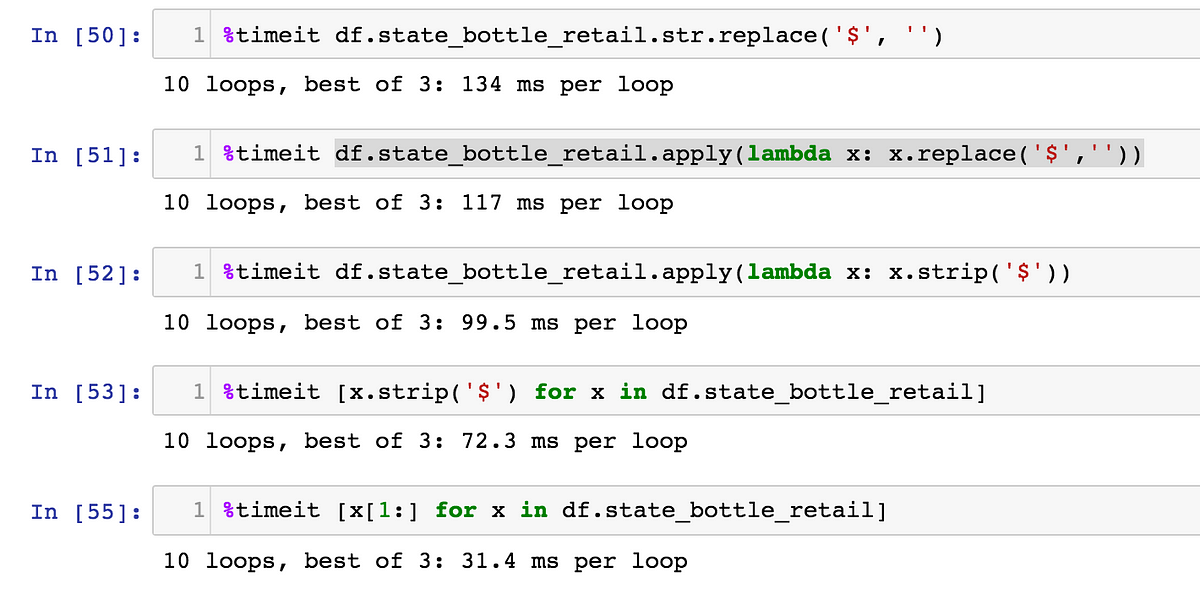
The below example shows the python string in detail. If any operations are to be performed, a copy of an original string is created and updated accordingly.
STRING REPLACER PYTHON UPDATE
This means that you cannot add, update or delete the string after it is created. Python string method replace() returns a copy of the string in which the occurrences of old have been replaced with new, optionally restricting the number. Hence, strings are ordered collections of characters that are immutable in nature.

One can learn about more Python concepts here. By default, all occurrences of the substring are. This method searches the pattern in the string and then replace it with a new given expression. The replace() method returns a copy of string with all occurrences of old substring replaced by new. It is a built-in Python method in re module that returns replaced string. As discussed above, there are plenty of important situations where incoming strings (e.g., data labels, paths, filenames) may not conform to a standard and behave unexpectedly. To replace a string in Python, the regex sub () method is used. However, python does not have a character data type unlike any other programming language and therefore, a string with length 1 is considered to be a single character. String validation and sanitization ensures that a string meets a set of criteria (validation) or modifies it to conform to a schema (sanitization). You can also use triple quotes when the string is multi-line. Strings in python is a sequence of Unicode characters wrapped around single or double-quotes. In this article, we will refer to some common methods to replace characters over different types of strings in python but before that, let us get some basic idea of python strings in detail. mainstr 'Millie Bobby Brown' printing original string print ( 'The original string is : ' + str (mainstr)) Using nested replace () Replace.

count: It refers to the number of occurrences of the. newstring: It refers to the substring with which we want to replace the oldstring with. Replacing multiple characters in a string creates a new string with the replaced characters. Syntax: str.replace (oldstring, newstring, count) replace () function can be passed multiple arguments, which are mentioned down below: oldstring: It refers to the substring that we want to replace. There might be some spelling issues, formatting issues with the garbage character that should be removed necessarily before processing the data further. To replace multiple characters in a string in Python, use the chaining of string.replace () methods. When it comes to data cleaning and text processing, replacing the string characters in python is a critical task. In order to replace them you should do: text.


 0 kommentar(er)
0 kommentar(er)
